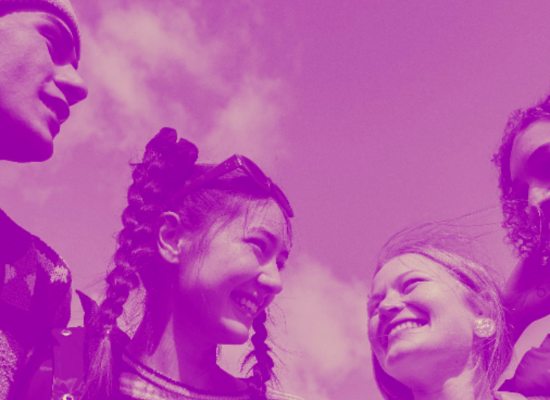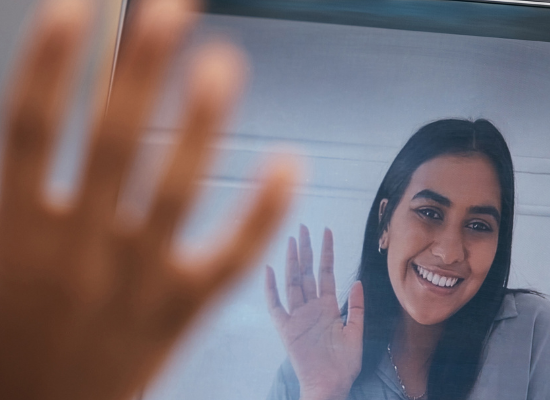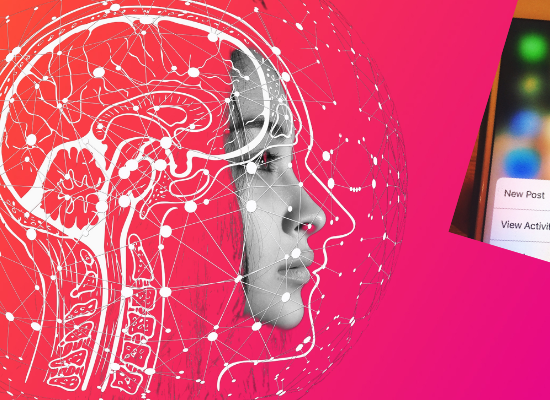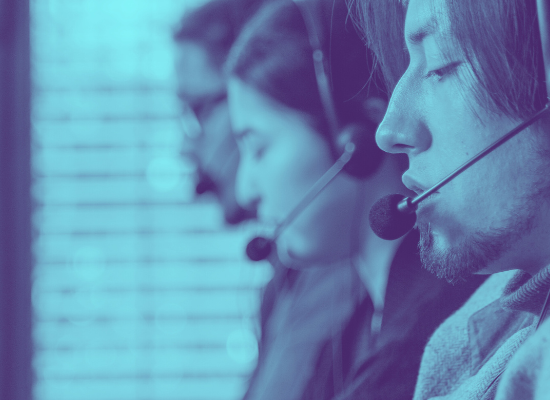
Stephanie Hepburn is a writer in New Orleans. She is the editor in chief of #CrisisTalk. You can reach her at .
“We know that everyone’s 988 readiness, in terms of state capacity, is different, but we didn’t want to wait one more minute,” says Heath Hayes, Chief Communications Officer at the Oklahoma Department of Mental Health and Substance Abuse Services. “We knew we had the capacity to deliver this lifesaving service.” According to Solari’s public-facing dashboard, Oklahoma has a 100% answer rate, a 93% stabilization rate, and an average answer speed of 10 seconds.
Hayes and his team developed their communications strategy roughly six months before 988 launched. They began with a soft launch before July 16, 2023, when telecom carriers had to start directing the three-digit number to the National Suicide Prevention Lifeline (now known as the 988 Suicide and Crisis Lifeline). “We pulled back a little bit because we had a new vendor operating our call center, so we didn’t know if it would work exactly how we envisioned,” he says. Then, after waiting a couple of months and seeing the 988 metrics data, Hayes and his colleagues set the entire marketing strategy in motion.
One of his objectives was to ensure 988 materials didn’t have a “government feel.” So instead of the “988 Suicide and Crisis Lifeline,” the team branded the three-digit number the “988 Mental Health Lifeline.” People might not self-identify as suicidal or in crisis, Hayes points out. However, they might realize they need help. “We don’t just want people to reach out when they’re having suicidal thoughts or are in crisis but also be attune and pay attention to and support their mental health, calling whenever they want to,” he says.
“We don’t want anyone to ask themselves, ‘Is this serious enough?’” “If you’re having a bad day, call 988, and we’ll talk with you about it.”
People with an Oklahoma area code who call 988 can speak with a crisis counselor or reach a peer-support warm line for non-emergency calls. “You can also get triage through a mobile crisis team dispatch,” says Hayes. “We viewed the launch of 988 as a real opportunity to connect all of our mental health continuum.” That includes joining services related to crisis and all care access points for people needing mental health and substance use treatment, services, or supports.
“Our system has historically been very disjointed, and it can be stigmatizing for people to try to get help,” he says. State leaders and community partners saw 988 as a jumping-off platform to connect once fragmented pieces, pilot programs that had primarily been working in silos.
“We wanted to join it all together in a relatable way, so getting care is comforting and not intimidating at all,” shares Hayes. “And we knew our communication around 988 would be the first touchpoint for many people to become familiar with the system.”
The 988 Oklahoma campaign integrates public service announcements like the Super Bowl commercial with Broadway and television star Kristin Chenoweth, 988 murals throughout the state, and local influencers. On the website, people can find targeted video testimonials tailored to youth, marginalized populations, women postpartum, and faith-based communities. The videos discuss a range of topics like depression in college, navigating the end of a marriage, not being afraid to ask for help, how “normal” is not real, the miseducation of mental health, and how vulnerability is power.
In the statewide Super Bowl commercial “Get the burden off your back,” Chenoweth, a native Oklahoman, is the personification of a man’s negative talk. Perched on the man’s back, she sings his inner anxieties out loud. For example, when the man glances at his daughter, Chenoweth sings, “Oh! She’s never gonna love you like she loves that phone!” The commercial ends with a voiceover: “We all have our burdens. Call or text 988 to get yours off your back.”
Hayes and his team wanted to develop a commercial with a recognizable local celebrity with whom many demographics could relate, especially rural men over 35. “That’s a demographic overrepresented in Oklahoma’s suicide deaths,” he says. “We’re trying to normalize help-seeking behavior, and sharing lived experience stories is what we embrace here.” Chenoweth, who has been open about her own struggle with depression in her book “I’m No Philosopher, But I Got Thoughts,” was the perfect fit.
Hayes and his team wanted to ensure that the commercial was seen by as many Oklahomans as possible. While a Super Bowl time slot might seem out of reach for a state agency to afford, he points out that a regional spot is far more affordable and gives an excellent return on investment. “The local ad, which ran right after the halftime show, cost the agency $70,000,” he says. Hayes negotiated air time during the Super Bowl and also a pre-game conversation where Carrie Slatton-Hodges, ODMHSAS commissioner, went on air live and spoke about 988 for a couple of minutes. “That gave people more context about 988 before they saw the commercial.” The commercial ran 18 times that day.
The communication team is careful to keep Solari in the loop whenever there’s going to be a 988 marketing push. On the day of the Super Bowl, the call center made sure they had extra staff to answer calls. “They get nervous every time I have an idea,” laughs Hayes, “but then they know at the end of the day, it’s going to work out.”
Call volume didn’t increase the day the Super Bowl commercial ran. “People were busy watching the game,” he says. However, volume has risen incrementally, doubling by more than 50 percent.
The communications department has also launched OK I’m Ready, a harm reduction campaign focused on Naloxone distribution. The agency has partnered with collaborators like Joe Cappa, a director and animator for Cartoon Network’s Adult Swim, on public service announcements for the campaign. To date, Cappa’s TikTok awareness video has garnered 113,000 views.
Through grassroots efforts and cold pitches, Hayes and his team have built relationships with what he calls “localized champions.” Many are artists who wrap their 988 message in a creative medium. The Norman, Ponca City, and Lawton mental health murals are conversation starters. “In Oklahoma, there’s a lot of repurposing, beautifying downtown spaces with murals on old buildings,” he says. “The artists convey what 988 means to them.” Each reveal turns into a community event where the local mayor does a ribbon cutting.
Artists have participated in the 988 Pay It Forward installation series, painting old pay phones that ring when people walk by. When they pick it up, a recorded message tells them about 988. “It also encourages them to leave an affirmative message for the next person who walks by,” says Hayes. These engagement activations are immersive experiences that increase participants’ knowledge of 988 and involves them in actively spreading awareness. However, pay phones are heavy. “The next round of activations will not be as complicated,” he laughs.
Hayes’ approach to sparking 988 awareness and dialogue about mental health is to permeate communities with messaging. The team has partnered with local coffee shops, restaurants, and gas stations to put 988 on mugs, pizza boxes, and gas station nozzles. “We want to meet people where they are, whether pumping gas, eating pizza, or drinking coffee.”
Featured mural by artist Virginia Sitzes. Photo credit: Insight Creative Group.









